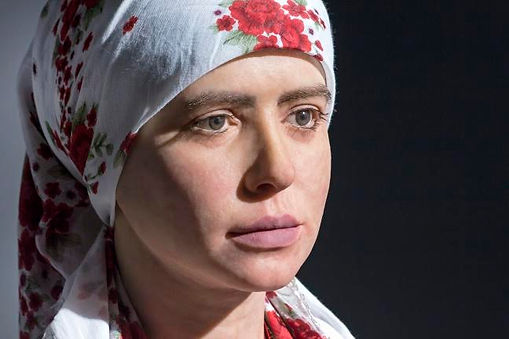Museology
Years ago, as PAARLA , we brought together many disciplines for the planning and design of museums and narrative environments and enabled the realization of thematic museum and exhibition spaces using today's technology.
Today, we are working on details of all dimensions to use the physical space as a medium of communication and dialogue. Our comprehensive, creative and technical solutions are able to express our customers' goals and ideas more accurately and without difficulty. While our past and current projects have the content and equipment of today's cultural attractions, we are establishing a structure that constantly renews itself.
In PAARLA projects, you realize that harmony and connection between various disciplines is the basis for success. Passionate designers, architects, artists, historians, educators, media producers, technology experts, who are actively working in many countries of the world, and bringing together authors.
Unifying and transformative experiences in public spaces are now more important than ever for individuals, communities, cities and nations.
While doing this, we apply the technology that is renewed every day to our ongoing designs. We use physical decorations, spaces, exhibition areas, movable and fixed heykeller and hologram areas in harmony in our projects. So what are these technological products mentioned? Let's take a brief look at what kind of contributions and differences they make to our projects.
What is a hologram?
Simply put, hologram technology is an optical illusion. But going deeper, at the point where a laser shaft splits to make a visualization, the light waves in the two parts of the mast travel indistinguishably. That way, as you move your head, the holographic image seems to change similarly as the image of a real article changes. Also, this is why 3D images appear three-dimensional by all accounts .
How does the hologram work?
A reflective glass panel is placed on a stage and angled towards a secret cabinet. When the secret cabinet is illuminated, it projects an image into the glass pane and then projects the image onto the viewer. At eye level, this image will look squashed. (Because of the glass angle)
What is Telepresence?
Telepresence is the transmission of an audio and video image of a person or thing to another location, which may be nearby or in a different part of the world. It is normally used to send a free-view full-body video image in space.
What is a holographic display?
Holographic Display is a physical surface (rigid or flexible) that allows to filter light and hide black color. When setup is correct, it can display an object (real human, animations) that is not in the background, so the eye will therefore see it in a freely floating suspension.
Animals will share this with us as they live freely in their natural habitat.
It can enable visitors to interact with a life-size hologram in real time.
The machines can also be equipped with technology that will enable interaction with historical figures, children can make these trips with their elders.
With 2.1 m long, 1.5 m wide and 0.6 m deep exhibition areas and standard display products, they have the opportunity to see species they have never seen before. They can visit the Amazon Forests or experience the vast seas, deserts and mountains, and they can accompany the creatures that roam freely in the grasslands in their natural environment.
It is possible to meet many Turkish elders and world-famous personalities who have lived in history, and to listen to themselves, historical events and even to get advice from them.
People living from different countries with their friends and relatives, like all our visitors, whose families are unable to physically visit or get together for a beer at that moment or everyone who protects against coronavirus, use social distancing to fight coronavirus. We can connect it".
It allows grandchildren to share this experience with us, perhaps even 100 years from now, by allowing elders to record information for future generations.
Knowing who they are, seeing their body language. “Feeling that you are actually talking to that person, even if they are not there.”



